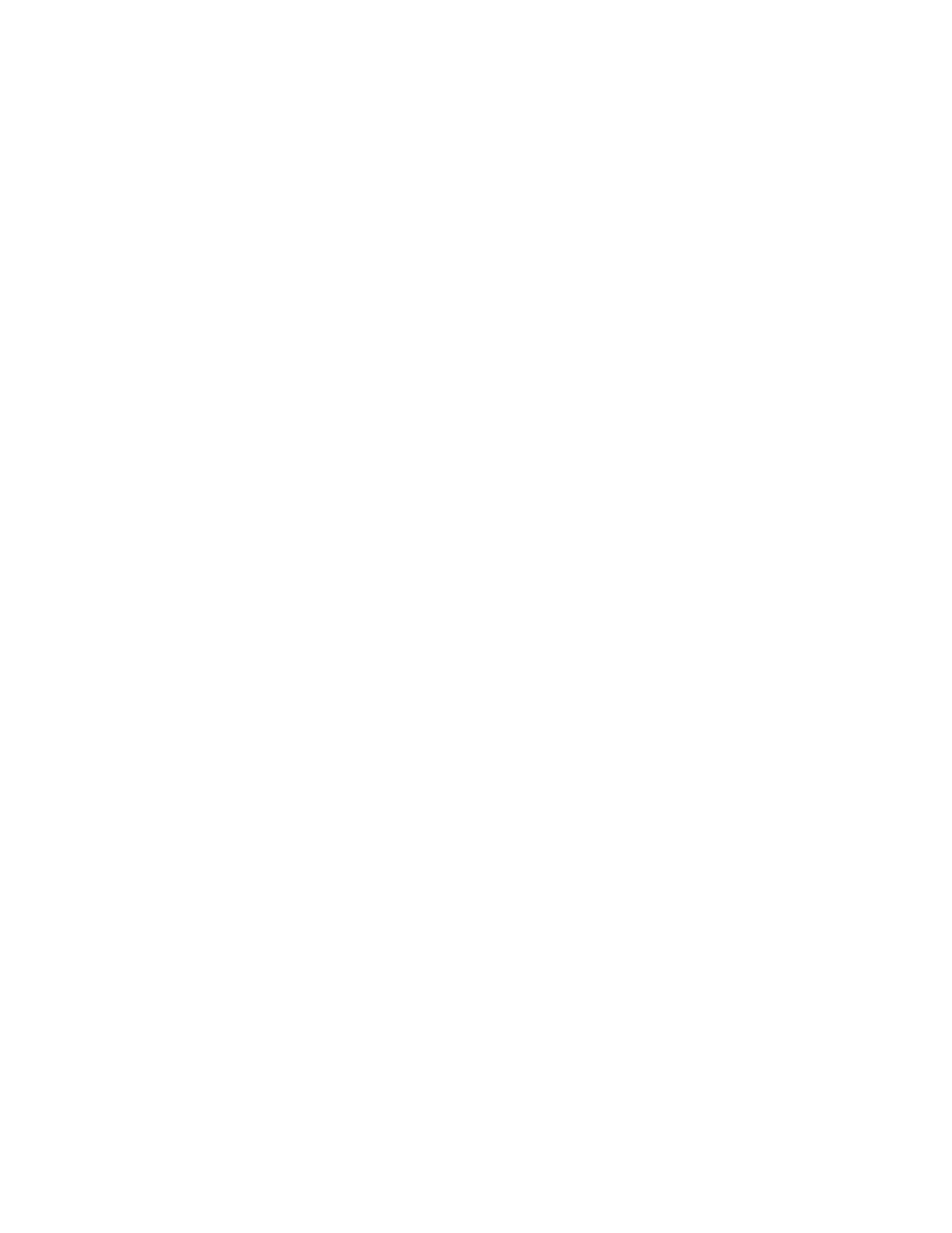Retrotec USACE User Manual
Page 373

Appendix I I5
4.5 Critical cost issue list: Identify major critical cost issues (problems or
opportunities) in the CA systems or operations that represent higher
than normal annual costs.
4.6 Total economic impact of CA: Develop the total annual cost of CA
on the facilities bottom line. This includes all direct costs (typically
variable), indirect costs (typically fi xed), and all consequential cost of
CA such as reliability, product quality, environmental, etc., that are a
direct consequence from a CA problem. Rule of Thumb 4.4 illustrates
variable and fi xed costs of $0.18 and $0.15/kch. Consequential cost
might add another $0.03 to $0.07/kch.
4.7 One line balance: Develop by team estimates the CA fl ow (KCFM)
and cash fl ow (K$/yr) that “accounts” for all generation distribution
(by psi (Pa) level) to all major users.
4.8
Pattern of use: Estimate a typical 7-day system load profi le (maximum,
average, minimum), load duration curve, and hours of use of major
compressor units as a base case for identifying and quantifying CA
ECOs.
4.9 Run minimum number of machines: Operate the minimum number
of machines needed to reliably, safely, and economically meet facility
requirements.
4.10 Maximize use of effi ciency machines: Maximize the operating hours at
optimum load for the highest-effi ciency machines.
4.11 Balance loads: Match output on machines of near-equal effi ciency to
eliminate blowoff (venting).
4.12 Part load operation: Optimize part load effi ciency by load following
with reciprocating or rotary screw units to keep centrifugals from
venting.
4.13 Minimize blow-off (venting): Integrate multiple large centrifugal
units with special compressor controls to minimize blow-off, trend
effi ciency, and diagnose mechanical problems.
4.14 Minimize use of least reliable machines: Identify the least reliable (or
highest-maintenance machines) to minimize use and evaluate replace-
ment economics.
4.15 Intercooler temperature: Economically provide optimum low-temper ature
cooling tower water to intercoolers and aftercoolers.
4.16 Aftercooler performance: The typical aftercooler should remove 70%
moisture and requires 3 GPM of CTW per 100 SCFM.
4.17 Optimize CTW Treatment: Optimize cooling tower water treatment
to provide good heat transfer (low scale) and reliability (low corro-
sion).
4.18 Once through cooling: Eliminate once through cooling with city water
by installing a cooling tower. Once through city water is $1.00/Kgal
($0.26/m
3
); CTW is $0.08/Kgal ($0.03/m
3
).